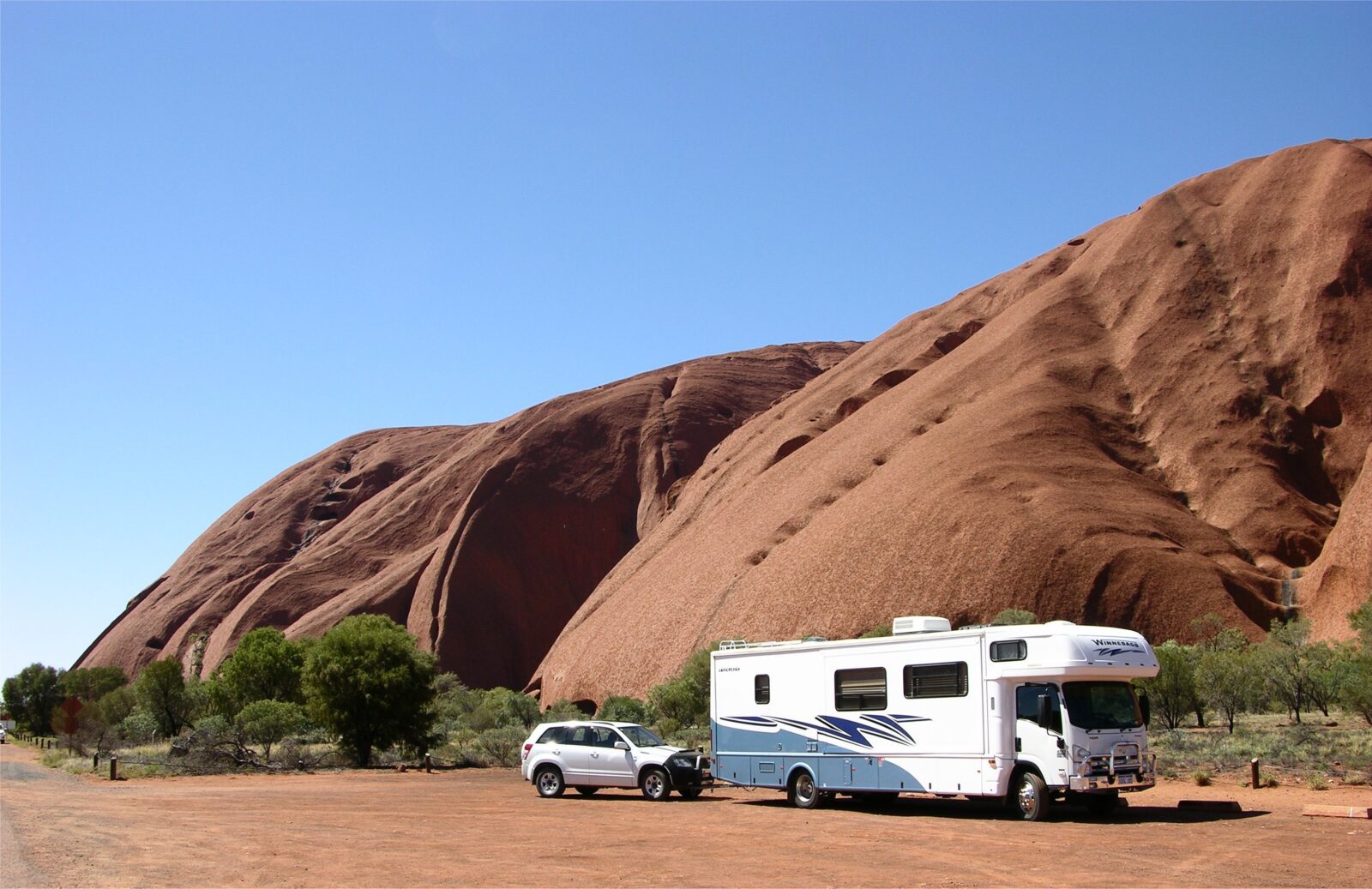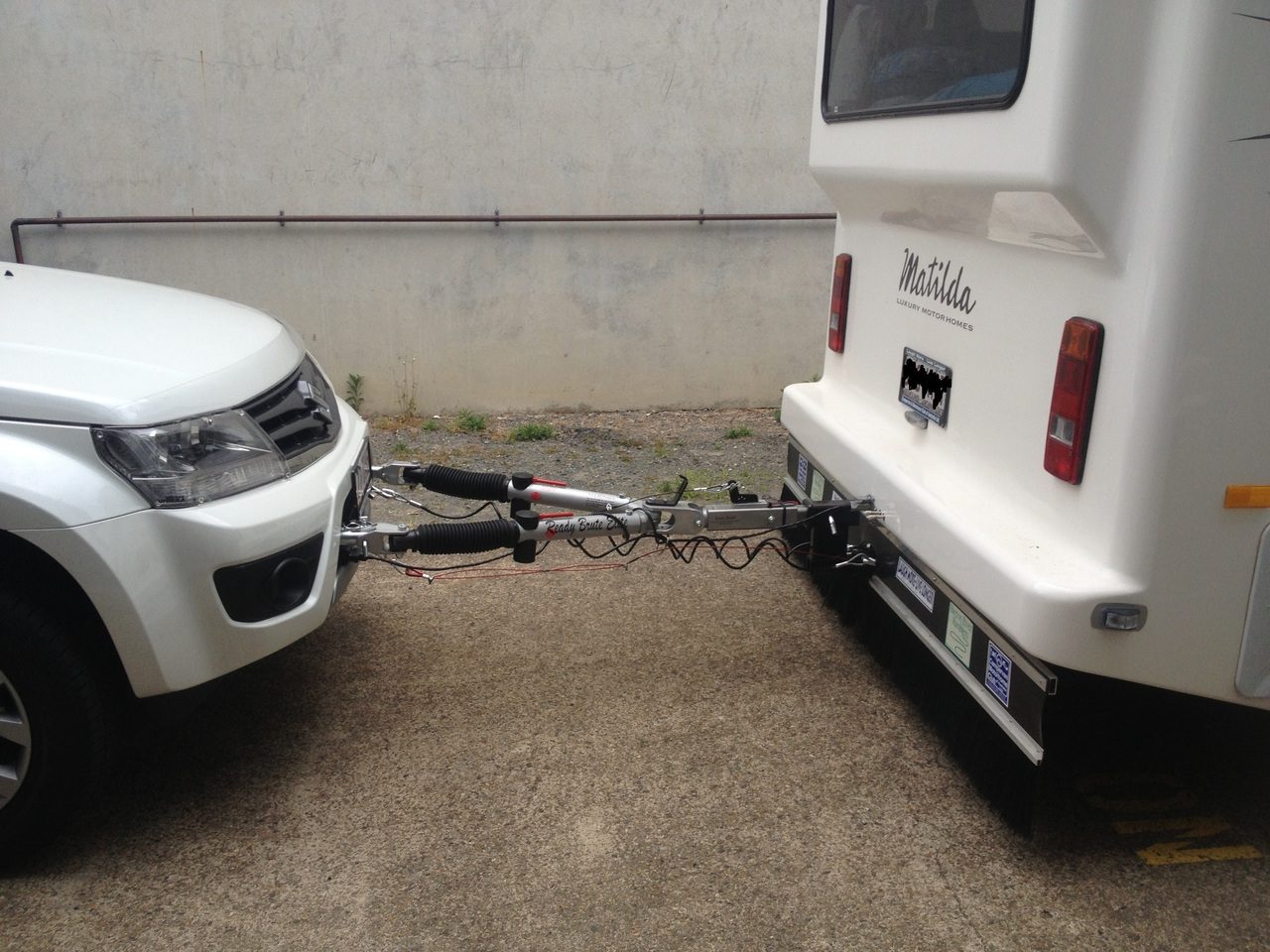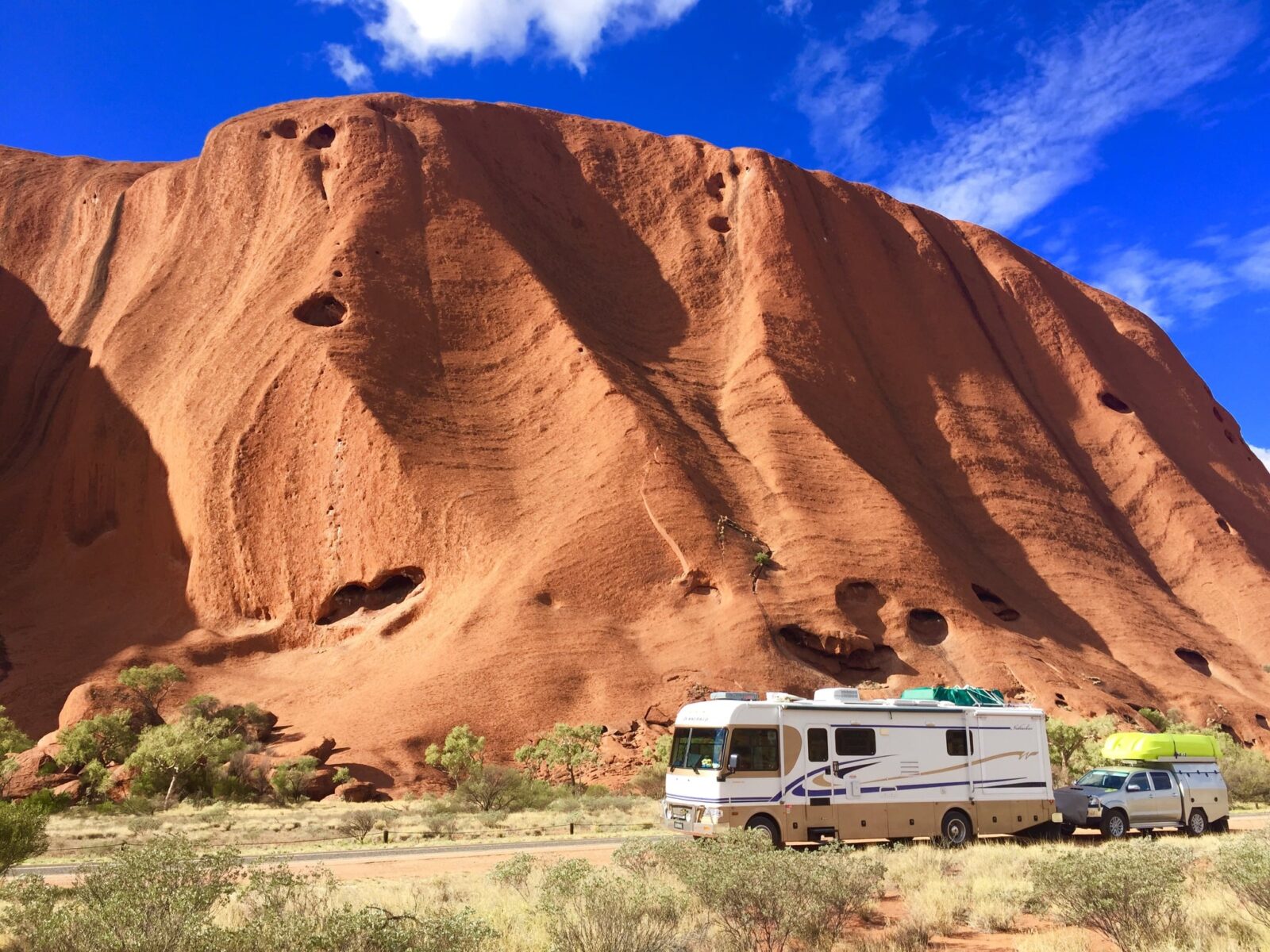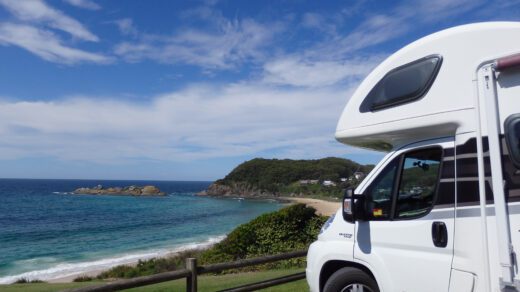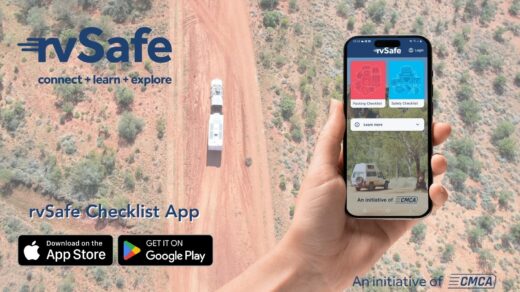What can I tow?
There are two parts to answer this question. You need to know the tow capacity of your motorhome and then you will need a secondary vehicle that is suitable to be flat towed.
Weights
Your motorhome must have the towing capacity to tow your secondary vehicle. All state and territory laws work on the GVM (Gross Vehicle Mass) of the towed vehicle. One of the most common mistakes people make is assuming that the Tare Weight is what dictates the towing capacity.
You need to ensure that your tow bars capacity is equal or greater than the GVM of the towed vehicle and that your combination does not exceed the motorhomes’ Gross Combination Mass as specified by the manufacturer.
Vehicles
Only certain vehicles can be flat towed. Check with an expert before purchasing. Northcoach RV Equipment provide a list here.




